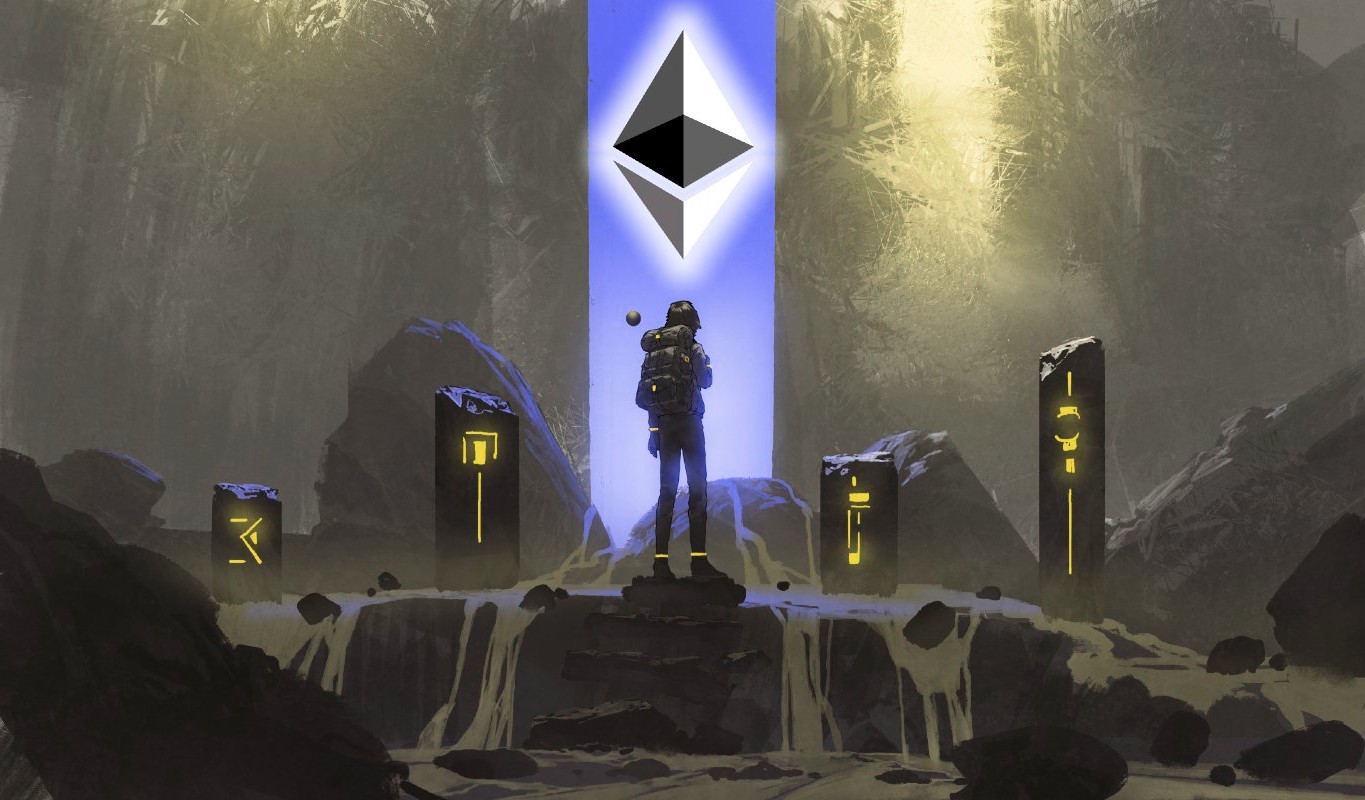All objects and addresses in the Ethereum metaverse are part of a cryptographic truth ecosystem. The Ethereum blockchain exemplifies this concept by enforcing ownership over its realm of digital assets in a continuous, permanent, and trustless manner. All transactions in the Ethereum metaverse are intrinsically “trustless,” which means they don’t require human trust to work.
Facebook Metaverse vs. Ethereum Metaverse
Prior to Facebook, the word “metaverse” referred to Ethereum’s distinct digital ecosystem. Firts-principles design does not include AR, VR, AI, or other ‘future’ technologies. Rather, the Ethereum metaverse has always referred to apps that are trustless, open-source, private, and uncensorable.
Facebook has never been a member of the crypto-libertarian movement, and it doesn’t appear that it will be any time soon. “A virtual reality construct meant to displace the internet, connect virtual life with real life, and create unlimited new playgrounds for everyone,” according to Mark Zuckerberg’s version of the metaverse. Facebook has a very different metaverse definition than ETH.
Facebook appears to want to redefine the term “metaverse” to refer to the relationship between the digital and real worlds. This is not mentioned in Ethereum’s metaverse definition. Instead, the ETH metaverse is virtual first, with oracles providing access to data from the physical world.

Ethereum’s Strengths
If you know how Ethereum works, you’ll see that it and Facebook are playing two distinct games. ETH is a closed network that is open to everyone at the same time. Because it is fully distinct from all other networks. Ethereum is referred to as the “metaverse”. Facebook, on the other hand, is not the metaverse; it is a private corporation.
Overall, Ethereum’s characteristics as a currency network provide it a few key advantages over other technology firms.
The main objective of Ethereum is to meet the needs of our increasingly digital society. Ethereum is a decentralized digital ecosystem governed by a consensus protocol rather than by humans. On Ethereum’s blockchain, censorship, data tracking, and regulation are all impossible.
Ethereum improves as a result of evolution (specifically, through Ethereum Improvement Proposals). Companies in the technology industry upgrade by working together. With Ethereum being a currency, it has a particularly strong network effect, attracting and retaining new users.
Conclusion
Using Ethereum is like accessing and using the “internet,” as we commonly refer to it. I believe Facebook’s rebranding of Meta Platforms is incorrect because it ignores the premise that a genuine “metaverse” should be devoid of single points of failure, as well as the fact that individuals will choose to interact within a metaverse if they have basic human rights.
All of this boils down to the fact that technology is moving in opposite ways, between centralization and decentralization, and it’s critical to identify each team and their associated motivations.









 and then
and then